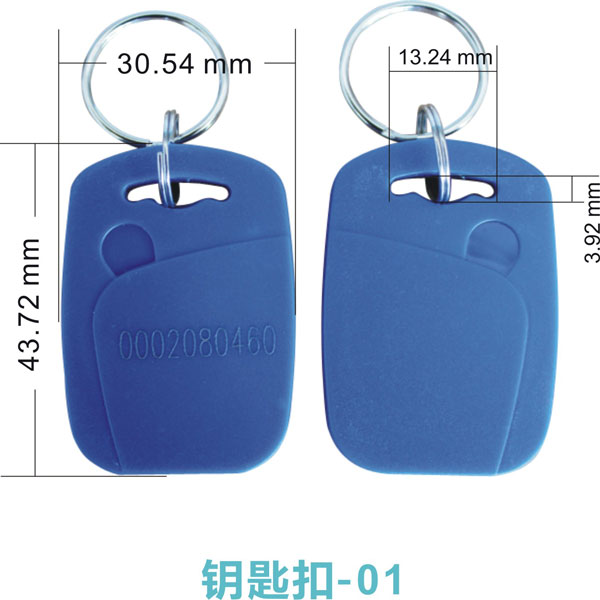RFID technology is the key core technology for the application of the Internet of Things. RFID application technology can be seen in various industries and fields such as industrial automation, commercial automation, and transportation control management.
Ⅰ. Advantages of RFID applications
Archives are an important information resource. The importance of archives management can be imagined. It is necessary to continuously improve its own management mechanism and give full play to the key role of archives management as an intangible asset in corporate management. The applications of RFID technology make file management automated and intelligent, and the daily storage, query, borrowing, return, anti-theft and other specific services of the file can be managed in real time. RFID technology enhances comprehensive management strength in file management.
RFID technology, that is, radio frequency identification technology, is a non-contact automatic identification technology that can automatically identify target objects through radio frequency signals and obtain related data. Compared with barcodes, the applications of RFID technology have the characteristics of waterproof which can be used for waterproof RFID tags making, antimagnetic, and high temperature resistance, and have significant advantages in improving the efficiency of file inventory and searching, and protecting file security. You can rely on the RFID technology archives intelligent warehouse management system to intelligently manage marriage, notarization, documents and other archives to realize the physical security, efficient management and utilization of archives.
Ⅱ. RFID applications in the file management industry
The file management system based on RFID applications is very sensitive to environmental factors, so some subtleties may affect the efficiency of tag reading. In the archive warehouse, the dense shelf iron plate is the primary factor that interferes with the RFID signal. If the label is directly attached to the iron file entity, it will obviously affect the reading rate. Therefore, we can modify and test the reader parameters and the tag chip to make them more compatible, so as to effectively solve this problem.
In order to optimize the reading effect, we can also fine-tune the position and distance of the RFID application tag; consider the problem of signal collision and interference in the environment of multiple readers and multiple tags, and conduct comparative tests on devices of different models and different parameters. The information in the database can be written into the label or the information in the label can be imported into the database, thereby providing data support for the use of various functions of the file management information system.
Compared with traditional file management methods, this system is conducive to improving the overall business management capabilities of file management, reducing error rates, realizing data sharing, improving the efficiency of file management, simplifying the management process, and reducing the labor intensity of personnel. Management provides a more convenient and effective management mode, improves service levels, and enhances the overall strength of management.
The intelligent file management of the applications of RFID technology will greatly improve the efficiency of collection file management. The speed of management is improved, and the accuracy is also improved qualitatively. While reducing the management cost of archives, it also provides a more efficient way. The application value of RFID intelligent file management in archives has been maximized, and RFID applications have ushered in another spring in file management.
 RFID Card Process Introduction and Market Application
RFID Card Process Introduction and Market Application Application of RFID Tag Identification Technology in Intelligent Supermarket Product Management
Application of RFID Tag Identification Technology in Intelligent Supermarket Product Management Introduction of Various Cards on the Market
Introduction of Various Cards on the Market The Working Principle and Emission Principle of Contactless IC Card
The Working Principle and Emission Principle of Contactless IC Card The Wide Application of IC Card
The Wide Application of IC Card Why Does the Retail Industry Like to Use RFID?
Why Does the Retail Industry Like to Use RFID?



